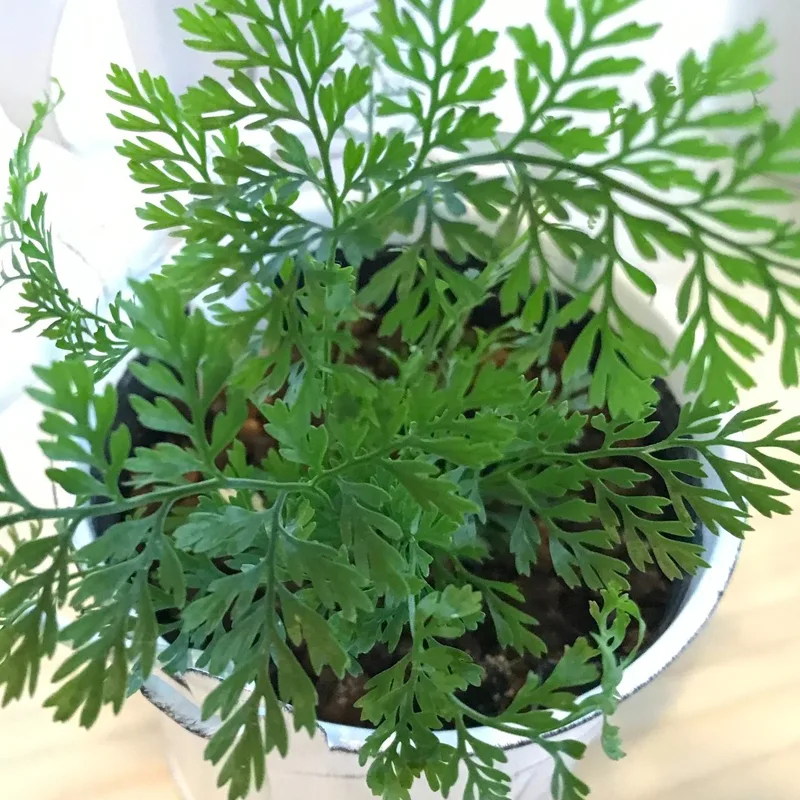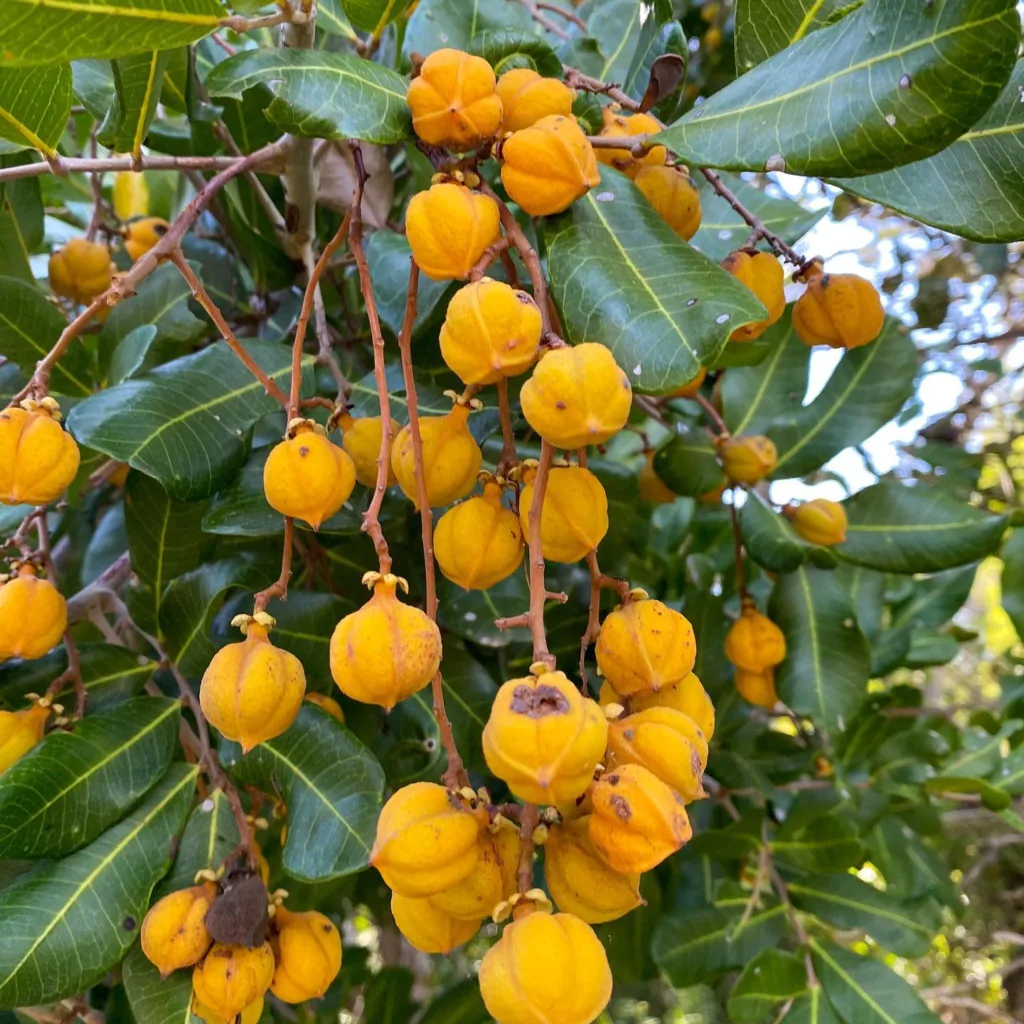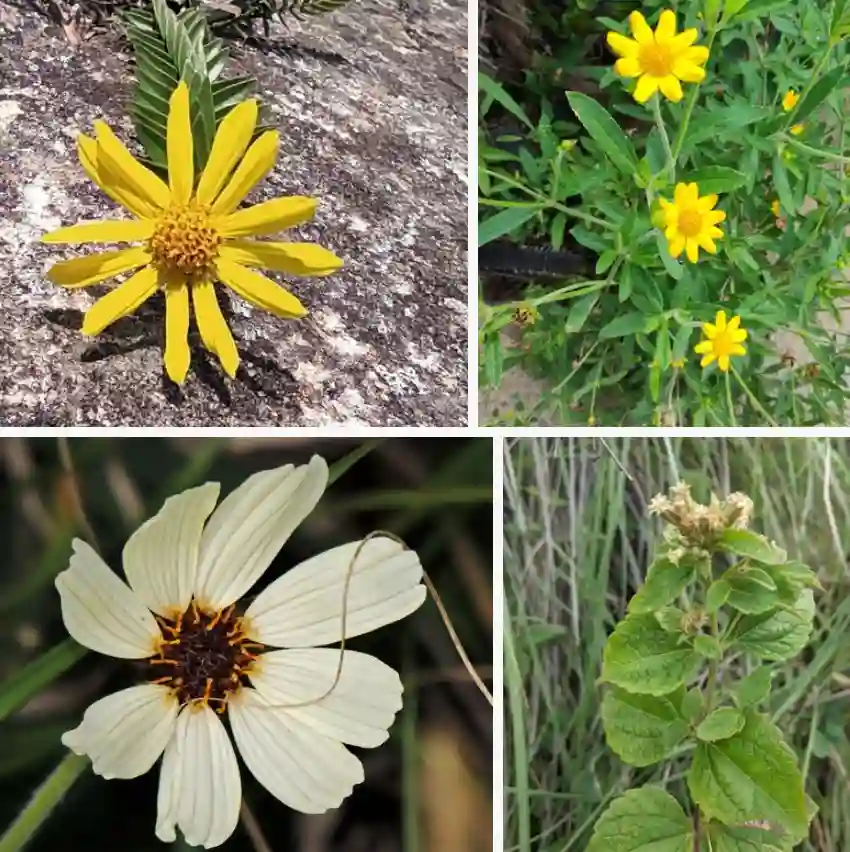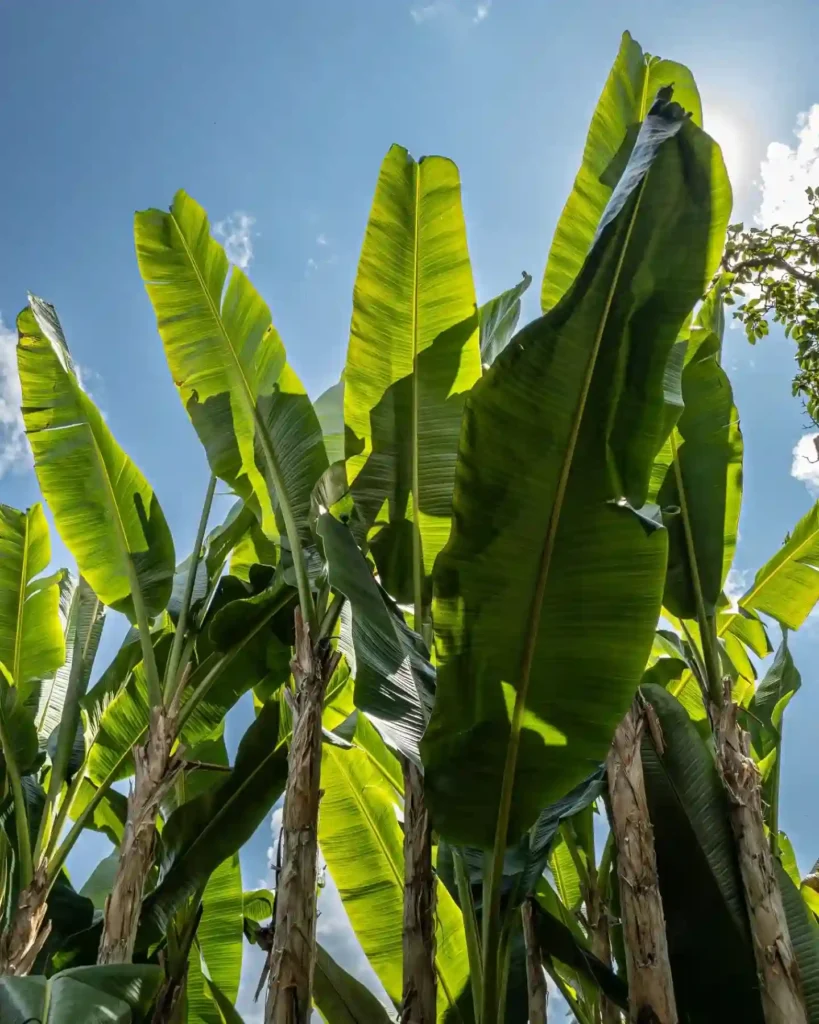What is Curcuma Caesia?
Curcuma Caesia, often known as Black Turmeric or Blue Turmeric, is a fascinating plant with a rich history. Native to India and parts of Southeast Asia, it is renowned for its striking dark blue to black rhizomes and vibrant foliage. This plant belongs to the ginger family, Zingiberaceae, and is cherished not just for its beauty but also for its medicinal and culinary uses. Its rhizomes, which are similar in appearance to ginger, are used in traditional medicine and cooking, offering a unique flavor and potential health benefits.
Plant Family: 57 Genera in Zingiberaceae
How to Care for Curcuma Caesia?
Caring for Curcuma Caesia is relatively straightforward, but it does require attention to detail to thrive. Here are some key points to consider:
- Light: Curcuma Caesia prefers partial to full shade. It thrives in environments with filtered sunlight or dappled shade. Direct, intense sunlight can scorch the leaves, so it’s best to place it in a spot where it receives indirect light.
- Soil: This plant prefers well-draining soil rich in organic matter. A mix of compost, peat, and sand usually works well. Ensure the soil remains consistently moist but not waterlogged, as this can lead to root rot.
- Watering: Keep the soil consistently moist during the growing season. During the dormant period, which typically occurs in the winter, reduce watering significantly. Ensure good drainage to prevent water from pooling around the roots.
- Temperature: Curcuma Caesia thrives in warm temperatures and does not tolerate frost. It is best suited for USDA zones 8-11. If you live in a cooler climate, consider growing it in a pot that can be brought indoors during the colder months.
- Fertilizing: Feed your Curcuma Caesia with a balanced, water-soluble fertilizer every 4-6 weeks during the growing season. Reduce feeding during the dormant period.
How to Propagate Curcuma Caesia?
Propagation of Curcuma Caesia is typically done through rhizome division. Here’s a step-by-step guide:
- Timing: The best time to propagate is in early spring, just before the new growing season begins.
- Preparation: Carefully dig up the rhizomes. Ensure you have clean, sharp tools to avoid damaging the plant.
- Division: Divide the rhizomes into sections, each with at least one or two growth buds.
- Replanting: Replant the divided rhizomes into prepared soil, and water thoroughly. Keep the newly planted sections in a shaded area until they establish themselves.
What to Plant With Curcuma Caesia?
Curcuma Caesia pairs well with a variety of plants. Some great companions include:
- Ferns: Their lush, green foliage contrasts beautifully with the dark leaves of Curcuma Caesia and thrives in similar conditions.
- Hostas: These shade-loving plants complement Curcuma Caesia’s foliage and add diversity to your garden.
- Astilbes: Their feathery blooms and shade tolerance make them excellent companions, providing color and texture contrasts.
Is Curcuma Caesia Toxic?
Curcuma Caesia is generally considered non-toxic. However, it’s always a good idea to prevent pets and children from consuming parts of the plant, as ingestion can sometimes cause minor digestive discomfort. For those with allergies or sensitive skin, handling the plant might cause irritation, so it’s wise to use gloves when working with it.
Benefits of Curcuma Caesia
- Medicinal Uses: In traditional medicine, Curcuma Caesia is used for its anti-inflammatory and antioxidant properties. It is believed to help with digestive issues, skin conditions, and more.
- Culinary Uses: The rhizomes are used in cooking, especially in Indian cuisine, where they add a unique flavor and color to dishes.
- Ornamental Value: Its striking blue-black rhizomes and lush foliage make it a stunning addition to any garden, especially in shaded or woodland settings.
Common Problems and How to Solve Them
- Leaf Yellowing: This can be a sign of overwatering or poor drainage. Ensure the soil is well-draining and reduce watering if necessary.
- Pests: Watch out for pests such as aphids and spider mites. Regularly inspect your plant and use insecticidal soap if needed.
- Fungal Diseases: Curcuma Caesia can be susceptible to fungal infections, particularly in damp conditions. Ensure good air circulation and avoid overhead watering to minimize this risk.
Compare with Other Similar Plants
Curcuma Caesia vs. Curcuma Longa: While both belong to the same genus, Curcuma Longa, commonly known as Turmeric, is known for its bright yellow rhizomes and is widely used in cooking and medicine. Curcuma Caesia, on the other hand, has dark-colored rhizomes and is less common in culinary use but valued for its unique appearance and traditional medicinal properties.
Curcuma Caesia vs. Curcuma Zedoaria: Curcuma Zedoaria, or Zedoary, has white rhizomes and a more pungent flavor compared to Curcuma Caesia. It’s also used in traditional medicine but has a different set of applications and uses.
Conclusion
Curcuma Caesia is a versatile and attractive plant with a range of benefits. Its care is relatively straightforward, making it a great choice for gardeners looking to add a touch of exotic beauty to their shaded spaces. By understanding its needs and potential issues, you can successfully grow and enjoy this unique plant in your garden.
If i die, water my plants!



